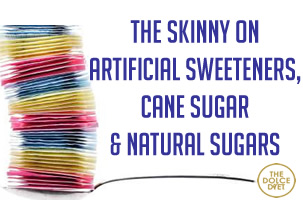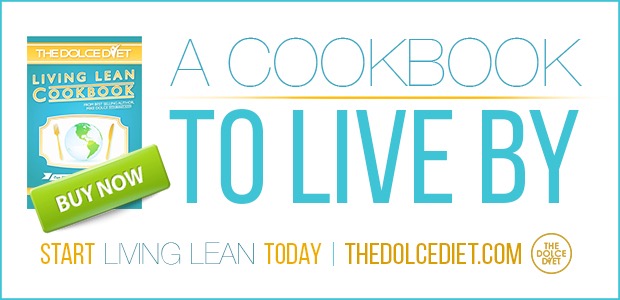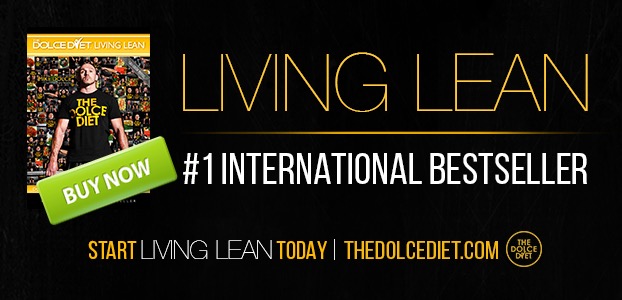Artificial Sweeteners, Cane Sugar
& Natural Sugars
by Samantha Coogan-Wilkinson, MS, RDN, LD
Many people tend to have a sweet tooth. Sugars makes cakes taste better, cookies smell better, and makes whipped cream that perfect consistency. However, it wreaks havoc on our blood sugar levels and oftentimes leads to bloating and excess fat storage (any unused glucose as fuel gets stored as fat). So many, many years ago, food scientists engineered the artificial sweetener, which was supposed to solve all of our problems! No spikes in blood sugar, zero calories (making it a “diet” food), 2-3 times sweeter than sugar! The problem with that theory is that new studies are emerging claiming that artificial sweeteners do actually induce a glycemic response in the blood due to the unaccounted for bacteria that remains in the gut.
Certain artificial sweeteners alter the typical balance of our gut bacteria, forcing them to swell and overcrowding ensues. This altered bacteria possess qualities that allow for them to signal glucose uptake. There is still more research to be done in this area, but be cautious, especially if a doctor is telling you that diet soda is a better alternative than regular soda, especially if you are diabetic.
Your typical artificial sweeteners include, saccharin (“Sweet-N-Low”), sucralose (“Splenda”), aspartame (“Equal”), and acesulfame-K (“NutriSweet” – most common type found in diet sodas). Saccharin is 300x sweeter than sugar, aspartame is 200x sweeter, while sucralose is 600x sweeter. The problem with relying on artificial sweeteners is that, much like alcohol, we build a tolerance to the sweetness level. So if we have a Splenda* every day in our coffee, then let’s say we run out and only have natural sugar available, that natural sugar won’t taste nearly as sweet and we will likely have to add about 15 teaspoons of sugar to get the same effect as that ONE Splenda packet. And keep in mind that one teaspoon of sugar yields 15 calories. So let’s take 15 calories x 15 teaspoons and you’re at 225 calories coming from SUGAR, which will be converted to glucose in the body, sending your blood sugar levels through the roof. Artificial sweeteners also tend to cause bloating and diarrhea since the altered sugar molecules absorb and retain water so easily.
*NOTE: not all artificial sweeteners are zero calories. Non-nutritive refers to zero calorie sweeteners, while the nutritive sweeteners will yield a small amount of calories per serving, usually no more than 5 calories per serving.
Stevia (“Truvia”) is considered a natural sweetener, meaning it is found in nature and has not been chemically altered. However, the same tolerance habits can form from using stevia as well since it is 10-15 times sweeter than sugar. Agave nectar is another natural sugar alternative and does not induce a high glycemic response, however, it does contain a high amount of fructose, which in large amounts can eventually lead to insulin resistance (it contains about 70% fructose compared to regular sugar which contains 50% fructose – 1:1 ratio of glucose to fructose).
Now let’s talk about pure cane sugar. Pure cane sugar is simply cultivated from sugar cane rather than from beets and is said to be of higher quality. However, sugar is sugar. It will induce the same high glycemic response and still yields 15 calories per teaspoon. And “raw, organic” pure cane sugar doesn’t make it any healthier. It is identical to regular cane sugar.
Honey is often a better option than sugar as it is 80% sugar, however, it is still important to consume in moderate quantities. And since it is a natural sugar, honey also offers antioxidants, vitamins and minerals that cane sugar does not.
So when looking to sweeten a dish, choose a natural product in moderation. Natural tends to be better than genetically modified. You may have to sacrifice some calories in order to do so, but overall your body won’t become dependent or tolerant of excessively high sweetness levels.
Source






